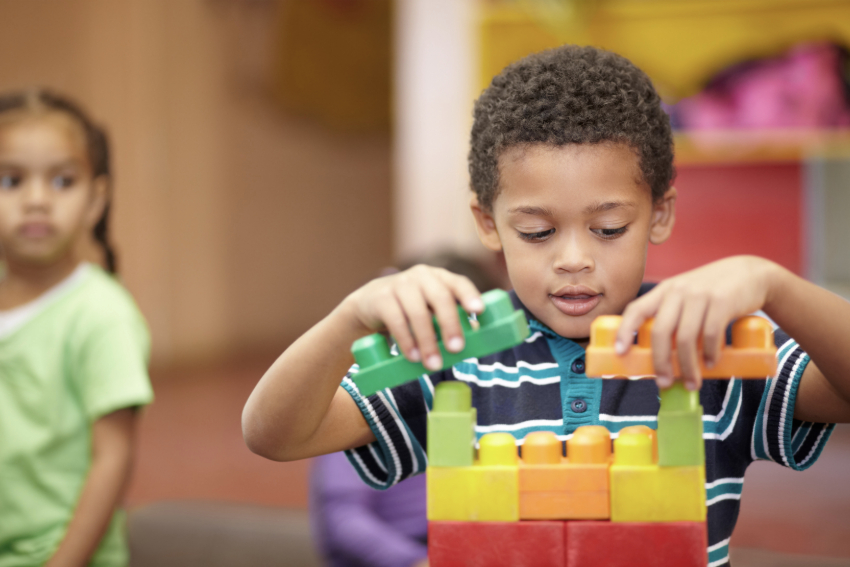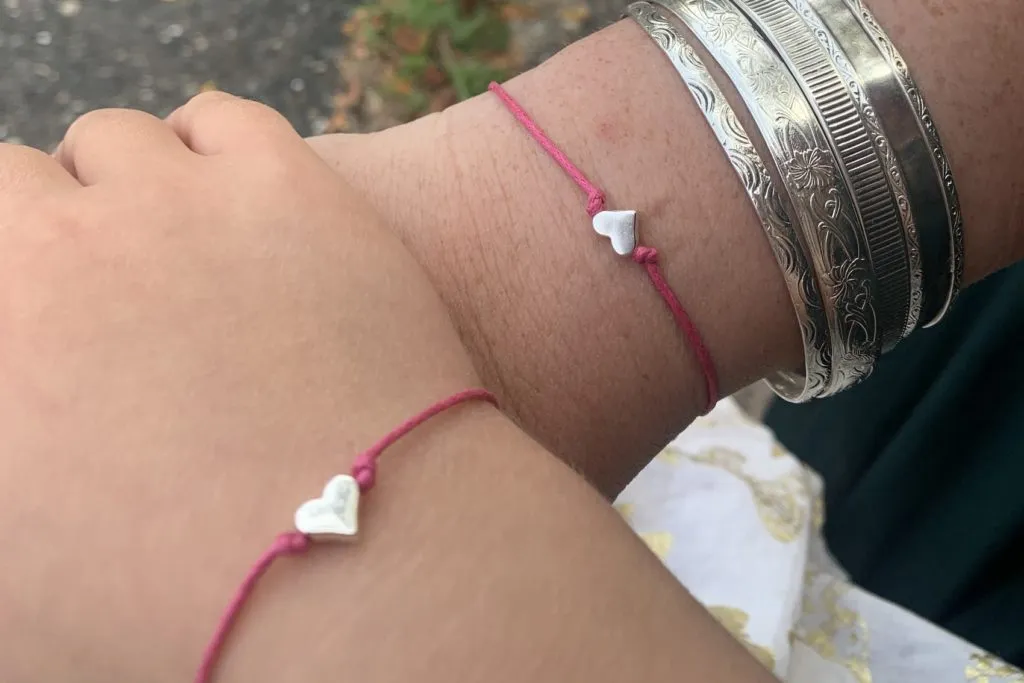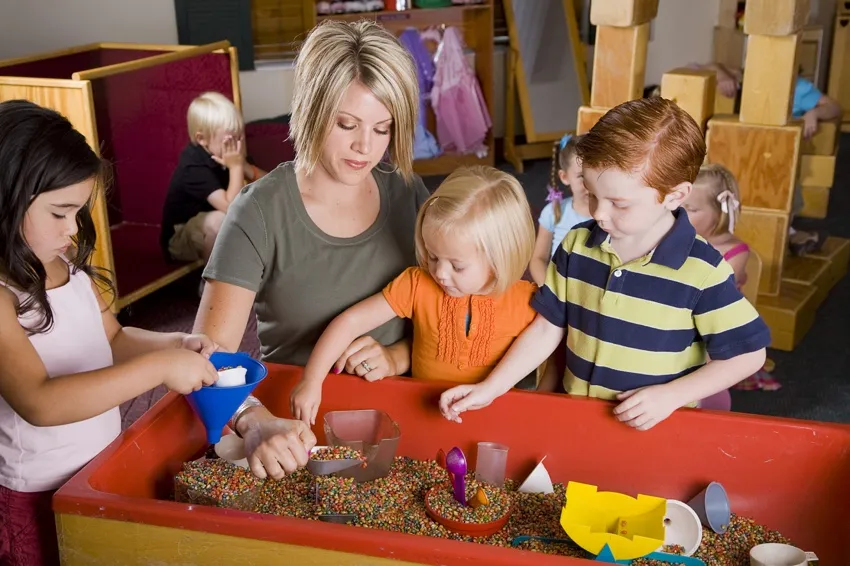Academic Rigor = Engaging Play


Several years ago, I had the opportunity to attend a meeting sponsored by the National Governors Association that sought to highlight the importance of early learning. Attendees were a diverse group hailing from governors’ offices and departments of education throughout the country. Of the 500 or so participants, about half were from early learning offices and were therefore well versed in current early learning conversations. The other half had received their early learning orientation through hands-on experience with the children in their lives.
The meeting opened with a direction from the host to raise your hand if you like the term academic rigor. Then the host followed up with a similar direction to raise your hand if you like the term developmentally appropriate practice.
To my amazement, different halves of the room raised their hands for different directives. That is, the part of the room with a traditional K–12 orientation (focused on content areas, benchmark assessments, and data describing third-grade reading skills) raised their hands in support of academic rigor, but not developmentally appropriate practice (DAP). Conversely, the other half of the room—the one with an early learning orientation (focused on developmental trajectories, developmental domains, and play)— raised their hands in support of DAP but expressed skepticism for rigor.
At that moment, I recognized a calling to reunify these unnecessarily divorced concepts.
The idea that practices can be rigorous but not appropriate is inspired by the mantra that harder is better. It’s not! This type of thinking, taken to its ultimate conclusion, would give us course offerings like AP kindergarten. To my knowledge, thankfully no such thing exists, but the push-down effect of developmentally inappropriate expectations on our youngest learners and their teachers is well documented.
The notion that practices can only be appropriate if they are not challenging or worthy of doing in the first place does a disservice to the concept of DAP and to the very children that its proponents claim to have in mind. Such practices are not worthy of my daughter’s time and should not be worthy of any other child’s time either.
Of course, the activity at the National Governors Association conference was a loaded one. A more fitting exercise would have been to ask for definitions of both academic rigor and DAP. Academic rigor is certainly not a new concept and has been a prevalent feature of educational practice for much of the last decade. Similarly, play serves as an essential teaching strategy in the DAP toolbox and is recognized as a cornerstone of sound early learning practice.
Yet, the struggles that educators still have with fusing academic and social development provide evidence that reunifying these ideas, especially in the kindergarten year, is going to take some work.
The best academically rigorous practices are challenging and aligned to worthy standards of learning.
These practices are designed to be challenging not solely for the sake of being hard, but to give children the experience of stretching slightly outside of what they can easily do on their own (think Vygotsky’s Zone of Proximal Development). What’s more, for a field that is defined by developmentally appropriate practice, it’s worth stating that a central component of these practices is their foundation in knowledge of child development and learning.
Play that combines the elements of both academic rigor and developmentally appropriate practice is described as “guided play.” This term defines the balance between the elements of free-play and choice, with a focus on learning goals and adult scaffolding. Research indicates that guided play is an important instructional strategy that supports the social–emotional development of children while fostering the development of essential skills in important areas like language and math.
What does rigor have to do with play?
As I have written previously, play gives children an opportunity to deeply engage in an activity. I observe the same type of engagement when I see my local school district’s high school robotics team tinkering, messing around, working with peers, and occasionally speaking with adults. These experiences are driven by student choice, devoid of worksheets, and supported by adult feedback. Despite the noise level and boxes of pizza that often accompany robotics team meetings, would anyone dare claim that the play these students engage in is not academically rigorous? Rather than wonder why more children do not engage in play experiences like those of the robotics team, maybe we should design programs that incorporate such play throughout a child’s schooling. Waiting until children are in high school to fuse rigor and developmentally appropriate practice through play is clearly too long to wait if we want children who are not only engaged in but also directing their learning experiences.
“Learning is not static—it’s not just about language and literacy.”
“We believe in play-based learning, active engagement, and teaching to the whole child. Learning is not static—it’s not just about language and literacy. It has to involve the whole child’s development, including physical and social-emotional skills. That’s why we provide these programs to our teachers and families, because they have the same philosophy. These practices are grounded in a developmentally-appropriate continuum of learning, and that’s why we love it. With progress monitoring and performance-based learning, our teachers can assess where a child is comprehensively, and determine how to take them to the next level.”
—Martha Strickland, State Director of South Carolina First Steps to School Readiness 4K

Leadership for Your Learning Community: Powerful Strategies for Preschool Programs
Watch this recorded, five-part webinar series, in which we explore a variety of powerful, practical strategies to help you make your preschool program both rigorous and developmentally appropriate.


